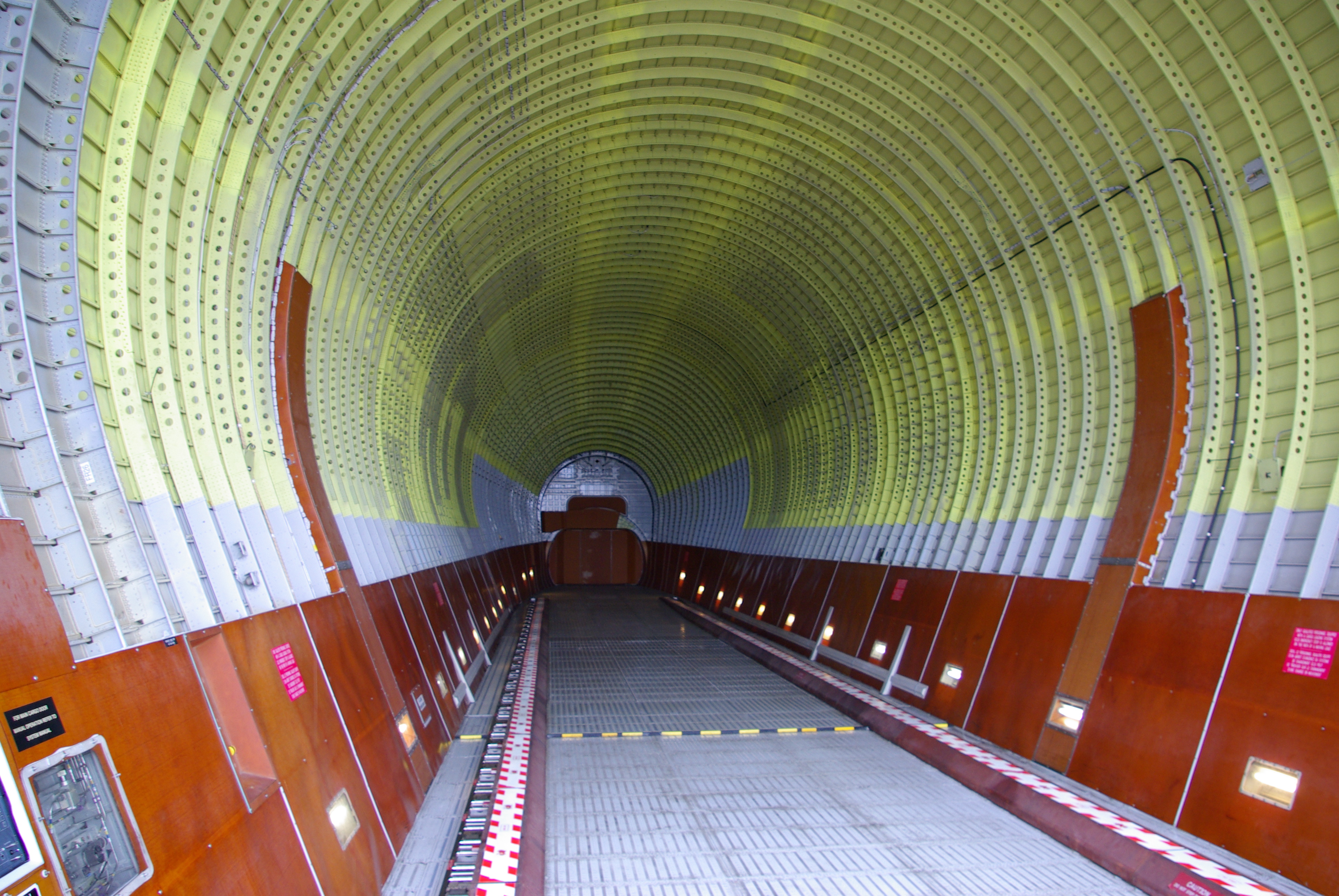30 Years of Airbus A300-600ST Beluga

On September 13, the special transport aircraft Airbus A300-600ST Beluga celebrated its 30th anniversary. On this day in 1994, its first model took off in Toulouse, France.
This unusual aircraft became a vital link in the production logistics of the European Airbus consortium. With its help, large aircraft components, including fuselage sections, were transported from various countries' production facilities to final assembly plants.
Initially, this task was handled by Super Guppy planes, which were converted from the American military YC-97J Stratofreighter and the passenger Boeing 377 Stratocruiser. However, these planes were approaching the end of their operational life, and their capabilities no longer met the needs. Therefore, a decision was made to create a new specialized transporter based on the A300-600 airliner. For its development, two major Airbus partners, the French company Aérospatiale and the German DASA, formed a joint venture called SATIC (Special Aircraft Transportation International Company).
During the design of the new aircraft, the lower part and wings were borrowed from the A300. The tail section was modified, and the crew cabin and upper fuselage were completely redesigned. The result was an aircraft with a massive unpressurized cargo bay featuring a horseshoe-shaped cross-section. It had a length of 37.7 meters, a world-record maximum width of 7.1 meters, and a floor width of 5.4 meters at that time. Initially, the plane was named the Super Transporter, but its appearance resembled a friendly marine mammal, the beluga whale, leading to a name change.
The A300-600ST was powered by two General Electric CF6-80C2A8 turbofan engines, each providing 26 tons of thrust. It measured 56.15 meters in length, had a wingspan of 44.84 meters, a maximum takeoff weight of 155 tons, and a cruising speed of 750 km/h. It could carry up to 47 tons of cargo, and with 20 tons of cargo, it could travel over 4,600 km.
A total of 5 such aircraft were built. In addition to internal cooperation within the company, the Belugas were used to transport other large cargo, including space systems. They remain in service today, although they are now supplemented by the larger Beluga XL models.

 Fan-page
Fan-page Youtube
Youtube TikTok
TikTok Aviamuseum
Aviamuseum State Aviation Museum
State Aviation Museum


_1726208456_1.jpg)

_1726208497_1.jpg)
_Beluga_unloading_Columbus_1726208527_1.jpg)